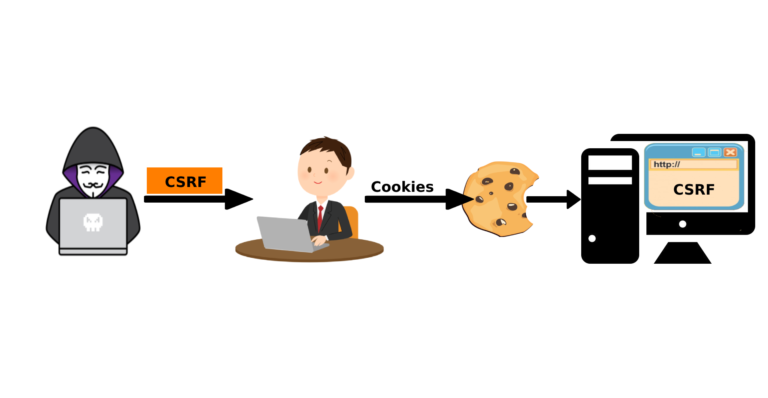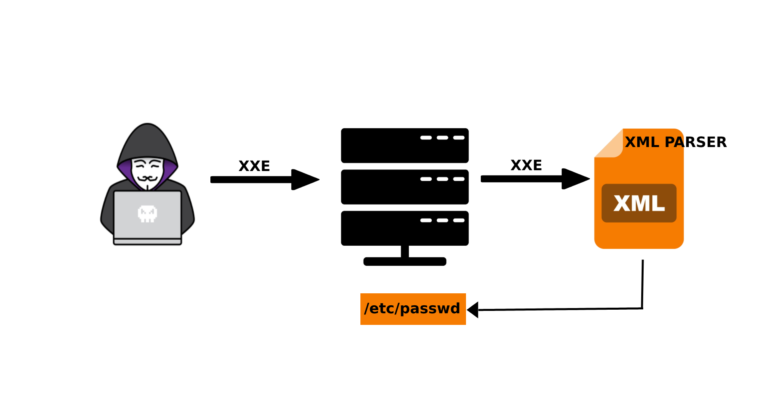Kubernetes is Here & There
In Present days, container-based microservice architectures have drastically changed the way development and operations teams (DevOps) work, test and deploy applications. Containers help organizations to scale and deploy applications on the fly, but containers have also brought the organizations new additional challenges and complexity.
Many businesses are now deploying lots of containers daily as it is effortless & requires fun-size time in setting up the infrastructure, but wait, how do they really manage it?
The answer is Kubernetes.
Yes, you heard that right. Kubernetes is Everywhere now.
So what is Kubernetes? Why do people use them? What does it do? Lots of question eh. Here are the answers.
THE WHAT?
Kubernetes is originally developed by Google and is primarily designed for large scale applications which comprises of tons of services, mostly microservices. You really don’t need a Kubernetes environment for monolith applications or apps with predictable or low demands.
THE WHY?
But Why Kubernetes is so popular and lots of organizations does use it? There are several factors which support the statement but below are few of them which has been hand-picked for simplicity.
- Cost – Containers are light-weight in nature, which means they require less CPU & memory to operate when compared with the VMs & other Hypervisor technologies like VMware ESX, Hyper-V etc.

- Stay Updated – Now you don’t have to wait/chase vendors for procuring new machines to spin up your applications when in need, Just provision & move ahead with Kubernetes to Develop, Deploy & Test your applications and speed up your release cycles.
- WORA – Write Once, Run Anywhere – Tightly coupled architectures make DevOps team jobs difficult as every application depends on the underlying architecture but Kubernetes as said its omnipresent, it can run anywhere call it in AWS, GCP, Azure and On-Premise as well.
THE HOW?
Kubernetes is an open source distributed system that abstracts the underlying physical infrastructure, making it easier to run containerized applications at scale.

Kubernetes High Level Architecture
Here’s the breakdown of the above Architecture (Note: Attributed to a Restaurant for Quick & Easy Understanding)
Imagine a Restaurant Kitchen: Think of Kubernetes as the manager of a busy restaurant kitchen. In this kitchen, you have chefs preparing various dishes, and there’s a lot happening at once.
Kubernetes as the Kitchen Manager: Kubernetes plays the role of the kitchen manager. Its job is to make sure everything runs smoothly, efficiently, and without any chaos. It helps manage the chefs (containers) and the ingredients (resources) they need.
Containers as Chefs: Containers are like chefs in the kitchen. Each chef specializes in making a specific dish (an application). Containers are isolated, so they don’t interfere with each other’s cooking.
Nodes as Workstations: In the kitchen, you have multiple workstations where chefs can cook. These workstations are called “nodes” in the Kubernetes world. Each node can have multiple containers.
Pods as Plates: Kubernetes groups containers together into units called “pods.” You can think of pods as plates that carry one or more dishes (containers) that need to be served together. This helps ensure that related parts of an application are always together.
Replication as Preparing Multiple Plates: Sometimes, a restaurant needs to serve the same dish to many customers. In Kubernetes, this is like preparing multiple identical plates (replica pods) with the same food (containers) to serve to different diners.
Load Balancer as a Waiter: Imagine a busy restaurant with many customers. To make sure every customer gets their food, there’s a waiter (load balancer) who takes orders and distributes them to available chefs (nodes) or plates (pods). This ensures that no single chef gets overwhelmed.
Configurations as Recipes: In Kubernetes, you have configurations that act like recipes for your dishes (applications). These configurations describe how the dish should be cooked, what ingredients (resources) are needed, and how many servings (replicas) to prepare.
Scalability as Adding More Chefs: If the restaurant gets busier, you can tell Kubernetes to add more chefs (scale up) to handle the load. Similarly, you can also reduce the number of chefs (scale down) when things are quieter.
Health Checks as Taste Testing: Kubernetes regularly checks the health of the dishes (containers) by “taste-testing” them. If a dish doesn’t taste right (if a container fails), Kubernetes can replace it with a fresh one automatically.
Storage as the Pantry: Kubernetes also manages the pantry (storage) where ingredients (data) are stored. Chefs (containers) can access the pantry to get what they need.
In a nutshell, Kubernetes is like a restaurant kitchen manager that keeps everything organized, makes sure dishes are cooked correctly, and ensures that customers (users) get their food (applications) without any hiccups, no matter how busy the restaurant (data center) gets.

Chaitanya Dande
Tech Lead, Certified Ethical Hacker, Part-time Bug Bounty Hunter, Freelance Web Developer & Trainer.





